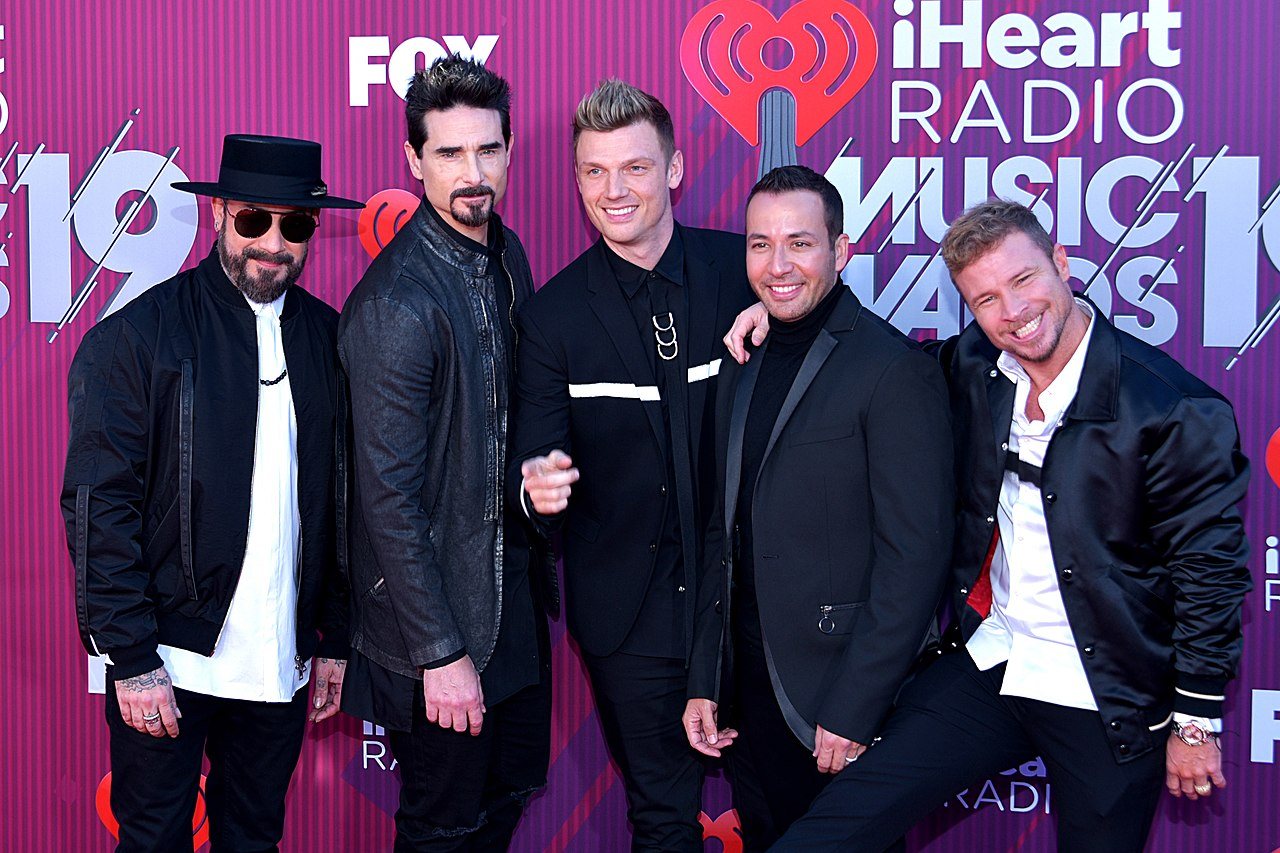The Backstreet Boys have transcended generations, captivating fans with their harmonious melodies and unforgettable performances. Formed in the early 1990s, this iconic boy band has not only shaped the landscape of pop music but has also become a cultural phenomenon. Their timeline is a testament to their evolution, showcasing their rise to fame, challenges, and enduring legacy. From their early days as fresh-faced teenagers to their resurgence in the music industry, the Backstreet Boys’ journey is filled with milestones that have left an indelible mark on the hearts of millions. This article delves into the intricacies of the Backstreet Boys timeline, exploring significant events that have defined their career and endeared them to fans worldwide.
As we traverse through their history, we will highlight key moments such as the release of their chart-topping albums, major tours, and personal milestones within the group. Each era has contributed to their unique identity, making them one of the best-selling music groups of all time. Join us as we celebrate the Backstreet Boys timeline, a chronicle of resilience, talent, and the unbreakable bond between the group and their fans.
Whether you’re a longtime follower or a newcomer to their music, understanding the Backstreet Boys timeline offers insight into how they have maintained relevance in an ever-changing industry. As we reflect on their journey, we also anticipate what the future holds for this beloved band. Let’s take a closer look at their biography and personal details that have shaped their story over the years.
What is the Biography of the Backstreet Boys?
The Backstreet Boys are a boy band formed in 1993 in Orlando, Florida. The original members include AJ McLean, Howie Dorough, Nick Carter, Kevin Richardson, and Brian Littrell. They rose to fame during the late 1990s and early 2000s, becoming a staple in pop culture. Their blend of pop, R&B, and teen pop resonated with audiences globally, leading to record-breaking sales and a loyal fan base.
| Name | Birth Date | Role in the Band | Nationality |
|---|---|---|---|
| AJ McLean | January 9, 1978 | Vocalist | American |
| Howie Dorough | August 22, 1973 | Vocalist | American |
| Nick Carter | January 28, 1980 | Vocalist | American |
| Kevin Richardson | October 3, 1971 | Vocalist | American |
| Brian Littrell | February 20, 1975 | Vocalist | American |
When Did the Backstreet Boys Form?
The Backstreet Boys were officially formed in 1993. Their inception was the brainchild of Lou Pearlman, who sought to create a boy band that could rival the success of New Kids on the Block. After a series of auditions, the five members were selected, and they began recording their debut album shortly after.
What Were Their Early Years Like?
In their early years, the Backstreet Boys focused on building their image and sound. They released their first album, "Backstreet Boys," in 1996, which included hit singles like "We've Got It Goin' On" and "Quit Playing Games (With My Heart)." Their music quickly gained traction in Europe, leading to their first international tour. The success of their debut album set the stage for their future endeavors.
How Did They Achieve Mainstream Success?
The Backstreet Boys reached mainstream success with their second album, "Backstreet's Back," released in 1997. This album solidified their place in pop history, featuring chart-topping singles such as "Everybody (Backstreet's Back)" and "As Long As You Love Me." Their infectious melodies and synchronized dance moves captured the attention of fans worldwide, propelling them into the stratosphere of pop stardom.
What Challenges Did They Face in the Early 2000s?
Despite their success, the early 2000s brought challenges for the Backstreet Boys. They faced intense scrutiny from the media, personal struggles, and changes in the music industry landscape. Their fourth album, "Millennium," released in 1999, was a massive success, but their follow-up album, "Black & Blue," faced mixed reviews. The pressures of fame began to take a toll on the group, leading to a temporary hiatus in 2002.
How Did They Come Back Stronger?
After a few years apart, the Backstreet Boys reunited in 2004 and released their album "Never Gone," which showcased a more mature sound. They continued to tour and connect with fans, proving that their bond was unbreakable. The release of their 2013 album, "In a World Like This," marked a triumphant return to the music scene, demonstrating their resilience and ability to evolve.
What is the Current Status of the Backstreet Boys?
Today, the Backstreet Boys continue to tour and release new music, celebrating over 25 years in the industry. They have embraced their legacy while exploring new creative avenues. Their recent albums, such as "DNA," released in 2019, showcase their growth as artists while staying true to their roots. The Backstreet Boys have successfully navigated the ever-changing landscape of the music industry, proving that their passion for music and connection with fans remains unwavering.
What Does the Future Hold for the Backstreet Boys?
The future looks promising for the Backstreet Boys as they continue to captivate audiences with their timeless music and charismatic performances. With their enduring popularity, they are likely to explore new projects, collaborations, and perhaps even ventures outside of music. Fans eagerly await what lies ahead for this legendary boy band, and one thing is certain: the Backstreet Boys timeline is far from over.
In conclusion, the Backstreet Boys timeline is a remarkable journey filled with triumphs, challenges, and an unbreakable bond among its members. Their music has inspired countless fans, and their legacy will continue to resonate for generations to come. As we look back on their incredible journey, we celebrate the impact they have made on the world of music and the hearts of their fans.
Unveiling The Latest On Law & Order: Special Victims Unit News
Suzanne Somers: A Celebration Of Life At Her Funeral
Unveiling The Talents Of Jacob Scipio: A Rising Star In Entertainment

